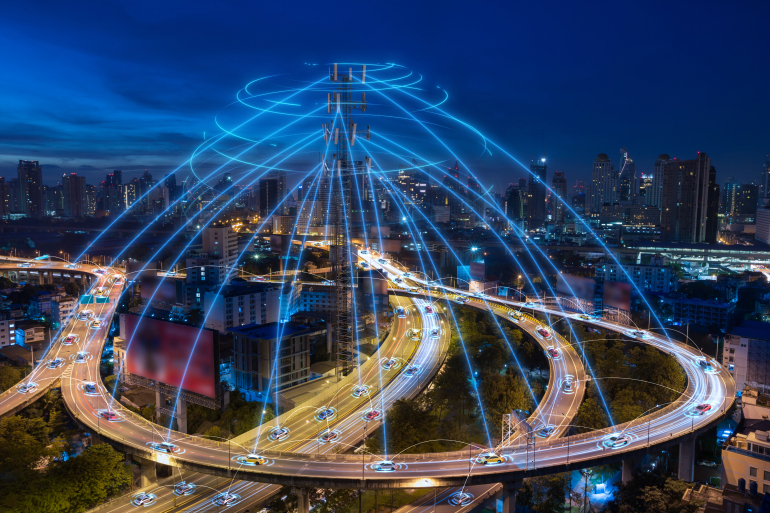Elon Musk may love them but big batteries are not the only future for energy storage.
When Victoria’s big battery comes online in late 2021, it will be one of the biggest grid batteries in the world. Three times the size of the Tesla battery Elon Musk helped parachute into South Australia amid its energy crisis.
Battery storage has taken off around the world alongside the enormous growth in large scale solar and wind farms.
Big batteries are here to stay, but what might energy storage and distribution look like beyond 2040?
The biggest shift in energy storage, say experts, will be the shift from one-way to two-way power flow in a world where any device with a battery can be connected to the grid. Integrating multiple types of storage alternatives will also require innovation.
Energy companies are already enabling people who have a home energy storage battery to deliver excess power back to the grid. In the future, this could extend to electric vehicle batteries, including cars, trucks or buses.
“EVs with their onboard batteries have the potential to operate as flexible and dispatchable energy sources, similar to a home battery being called on to support the grid from time to time.” says Todd Eagles, Group Manager, Product and Strategic Energy Deployments at ActewAGL.
The energy company is part of an Australian government-funded project designed to demonstrate how electric vehicles and chargers can contribute to energy stability by transferring power back and forth into the grid as required.
Research leader Bjorn Sturmberg says vehicles can be thought of as batteries on wheels, but they will always be a net load on the system even when able to deliver power back to the grid.
“So managing charging is really the first and foremost priority of vehicle to grid integration. If you get that wrong you're going to have quite large problems in your network.”
If Australia’s 19 million registered vehicles were all EVs, the battery capacity would likely exceed 1,800 gigawatt hours which is equivalent to five Snowy-Hydro 2.0s or 10,000 Tesla big batteries.
A social experiment
But who’s to say vehicle users will share that storage capacity? It will all come down to incentives and working out how people will behave in response to them, says ANU Associate professor Matthew Stocks.
For example, we could be less reliant on mega batteries if we incentivised virtual power plants that aggregate multiple small batteries to supply power when demand is high. Or virtual energy storage which could see multiple connected devices controlled in such a way so as to reduce demand on the grid when required. These alternatives will work only if energy users see the benefits or are willing to make convenience trade-offs.
Stocks says storage in the future is likely to be at a series of scales, ranging from local to bulk, and dependent on how people are charged for it. Australia’s highly interconnected national energy grid will remain, he says, because of the variable weather patterns between north and south.
Community batteries where people in new developments agree to share and store power at a local level are popping up around the world, but remain challenged by their demand for the grid to be on standby should something go wrong.
“But even within local storage there remains an open question about what is fair,” says Stocks.
“If I’m shifting electrons to my neighbour should I be paying the same amount as somebody who’s shifting it to the next suburb, shifting it to the next town, shifting it to the next state? At the moment there’s kind of a one-size-fits-all solution and it’s quite challenging to work through changing that system.”
Artificial intelligence is likely to play a role in a world of abundant energy - modeling available energy from multiple connected sources in real-time including the neighbouring grid, an autonomous microgrid or storage at the household level.
Beyond batteries
Meanwhile, researchers are making inroads on alternative storage solutions including hydrogen batteries, power to gas and thermal.
The jury is still out on what role hydrogen will play given it’s currently a more expensive storage option than lithium-ion batteries and pumped hydro. Longer-term however the cost landscape could shift, making hydrogen a more favourable option for long-term storage.
